Your cart is currently empty!
Published on
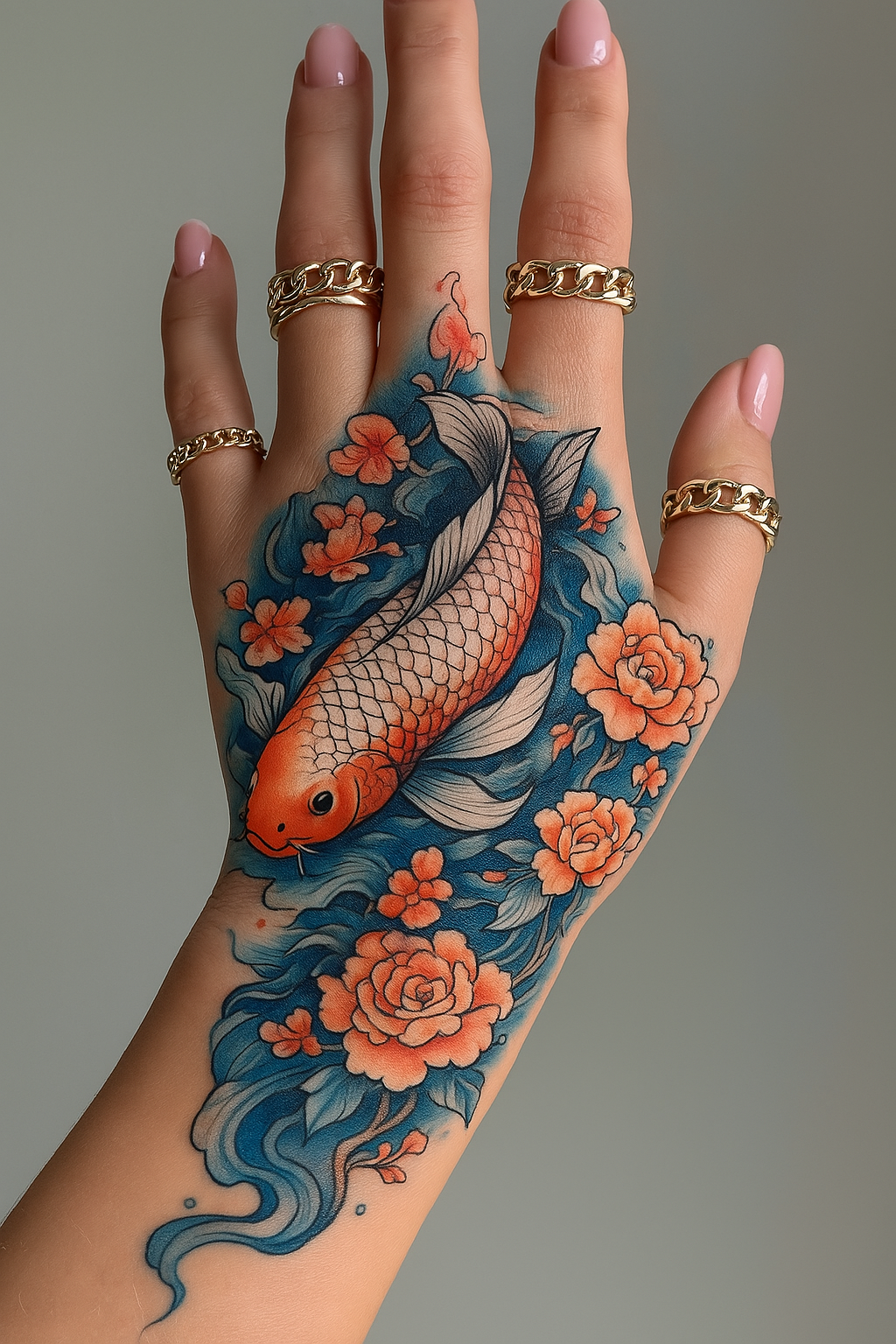
What Is a Koi Fish?
There’s something hypnotic about watching a koi fish move. It doesn’t just swim—it glides, almost dances, its long fins trailing behind like silk in the water. The colors shimmer under the sun, shifting as the fish turns. Red, white, gold, black, even blue. No two koi are ever quite the same.



To many, koi fish are more than just beautiful pond dwellers. In Japan, the koi is considered the national fish. Its Japanese name is にしきごい (nishikigoi). It’s not unusual for these creatures to live 60 or even 70 years. Some legends even speak of koi that lived to 200. They are hardy, graceful, and deeply symbolic. A koi is said to bring good fortune. That’s why they appear not only in gardens but also on skin—inked into tattoos that carry centuries of meaning.
Where Koi Came From: A Long Journey
The koi’s journey didn’t begin in Japan, though that’s where its story truly flourished. Long before koi ponds adorned Japanese gardens, there were wild carp swimming in the rivers of Central Asia—places like modern-day Uzbekistan and Kazakhstan. These fish eventually made their way to China, where they were admired, painted, and carved into jade. Over time, the Chinese began breeding them for their color, especially red and gold variations. From there, the koi was introduced to Japan—most notably to the Niigata region—around 200 BCE. It was in these northern villages, now part of Ojiya City, that koi breeding became an art form.



At first, these fish were referred to as irogoi or hanagoi, meaning “colored carp” or “flower carp.” These early terms described the koi’s appearance, but during World War II, they were seen as too delicate or poetic for the national mood. A stronger, more dignified name was chosen—nishikigoi, or “brocade carp.”
Why the Koi Fish Tattoo Holds Meaning
And dignity is at the heart of the koi fish tattoo. One of the most enduring Chinese legends tells of Dragon Gate Mountain, located on the eastern banks of the Yellow River. According to ancient texts, when early emperors sought to tame the waters, they carved through the mountain, creating a narrow pass—about a mile long—where the river now roars through. Each spring, golden carp from the sea and tributaries gather below the gate. They battle upstream, leaping into the current in a furious, flashing race.
Only the strongest make the leap. In some versions of the story, no more than seventy-two succeed in a year. As soon as a carp clears the gate, clouds form above it, rain begins to fall, and flames descend from the sky. Fire scorches its tail—an alchemical burn—and the fish transforms into a dragon.
This moment—furious effort, narrow success, glorious transformation—is not just a myth. It’s a metaphor.
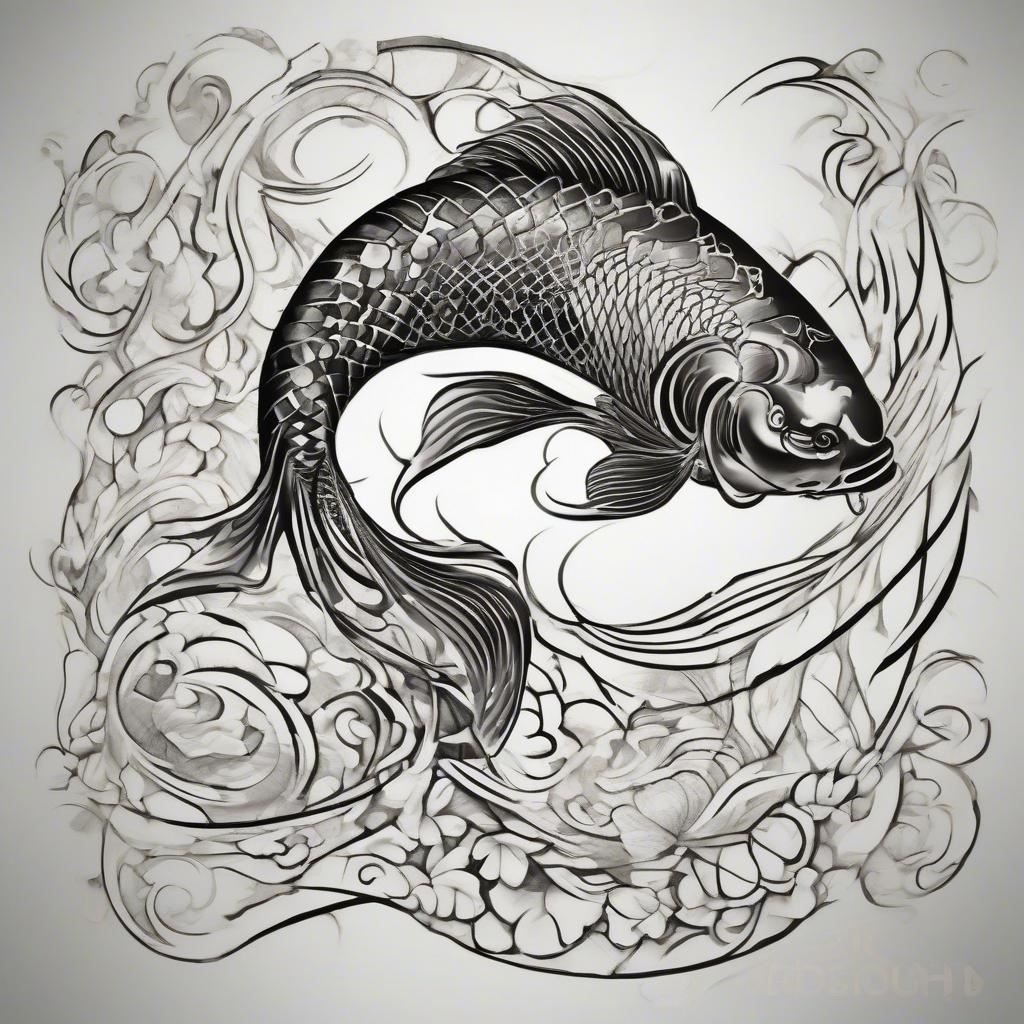
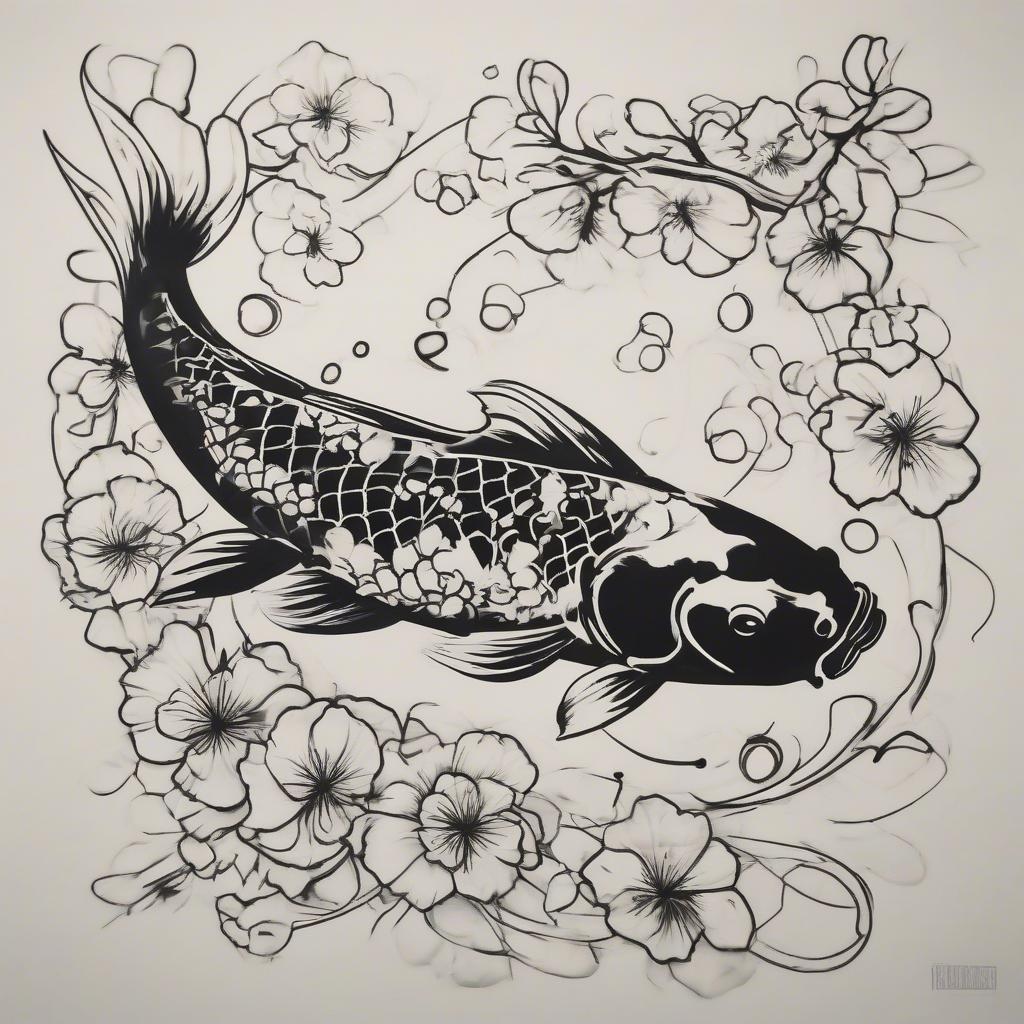
That’s why koi fish tattoos have come to mean something very specific. They speak of grit, determination, and independence. They are often chosen by people who are pushing through hardship, or who have already emerged stronger from the other side.
In Japanese folklore, the koi also stands for strength, power, and ambition in the world. It is not only a symbol of inner endurance, but of worldly drive and masculinity.
In Chinese tradition, the koi fish represents luck, prosperity, and longevity. Its image appears again and again in ancient carvings, bronze vessels, and painted scrolls. It is always a harbinger of good things to come.
What makes the koi such a powerful figure is not only its beauty, but what it means across cultures. It has swum through rivers, across time, and into human imagination. And today, it continues—on arms, backs, ribs, skin.
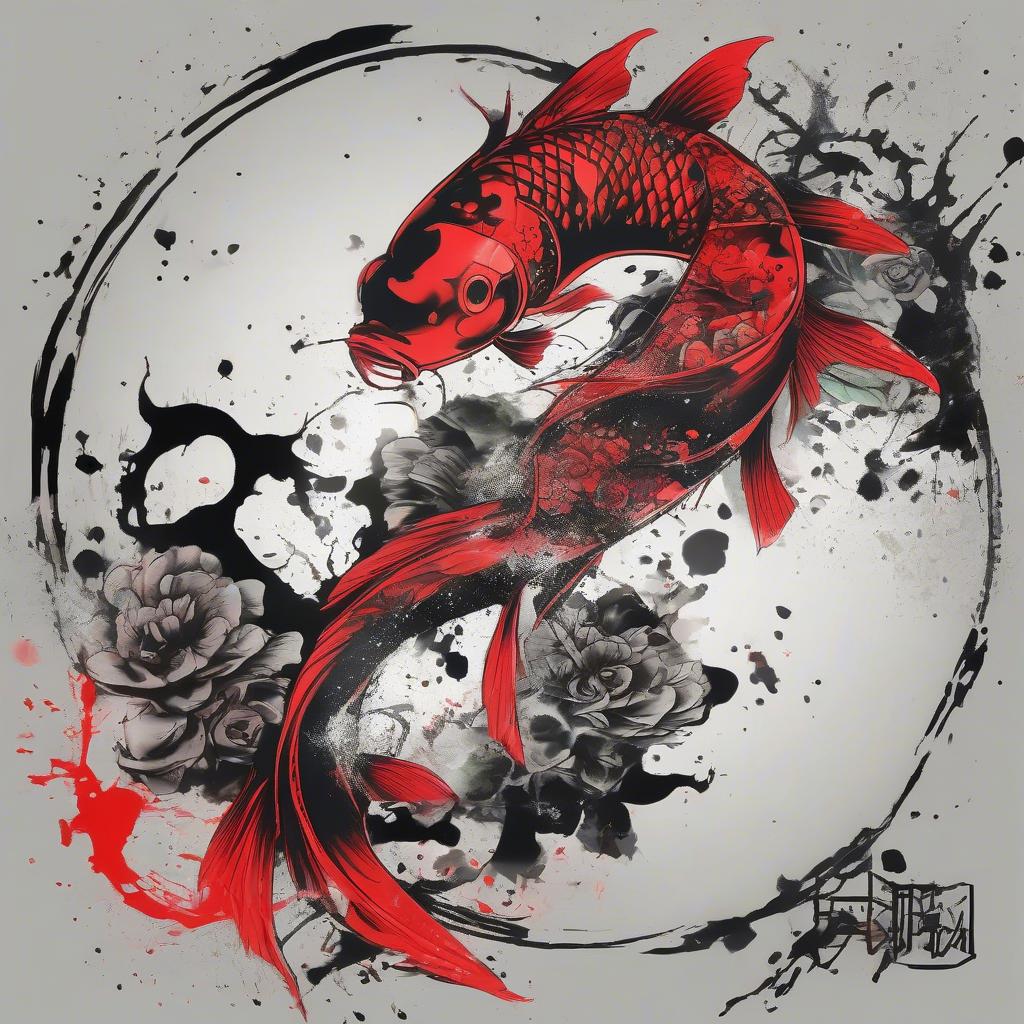
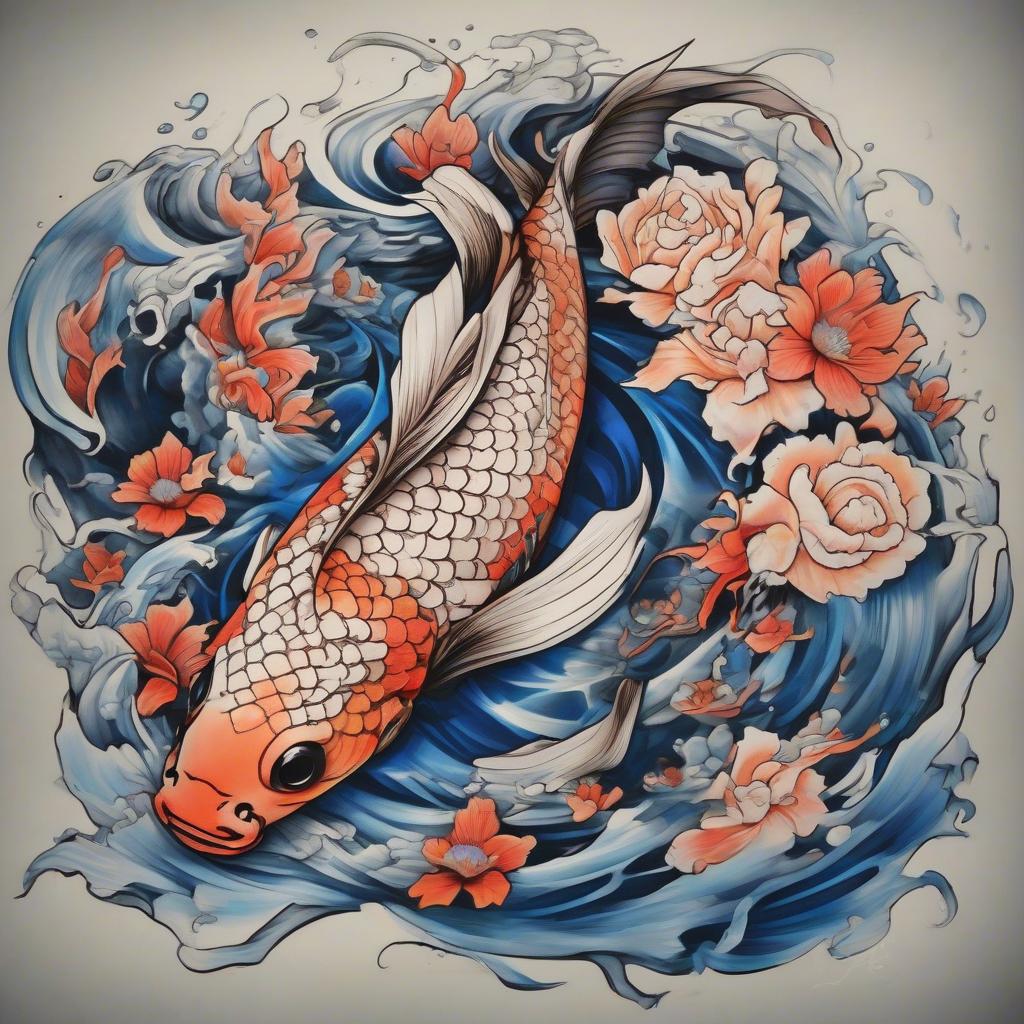
A koi fish tattoo doesn’t just decorate the body. It marks a chapter. It reminds us that strength isn’t always loud, and success often looks like persistence.
From Niigata ponds to ancient Yellow River tales, the koi swims forward.
Even now, the current rises. And still, the koi climbs.
Choose a koi fish tattoo, and you carry all of that with you—on your skin, in your story.
Leave a Reply